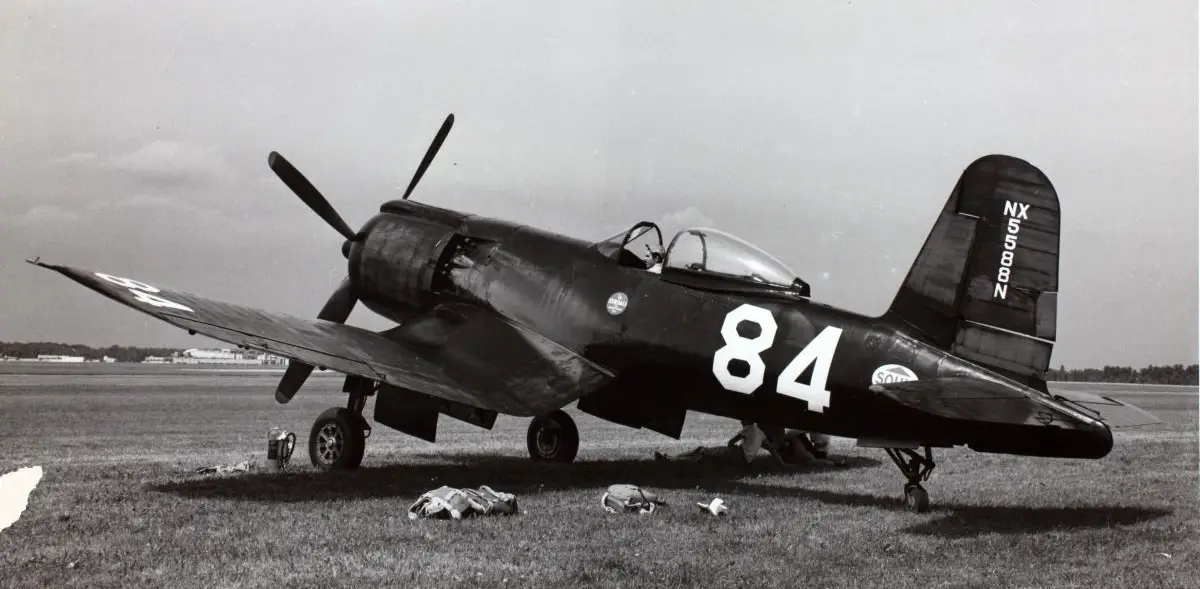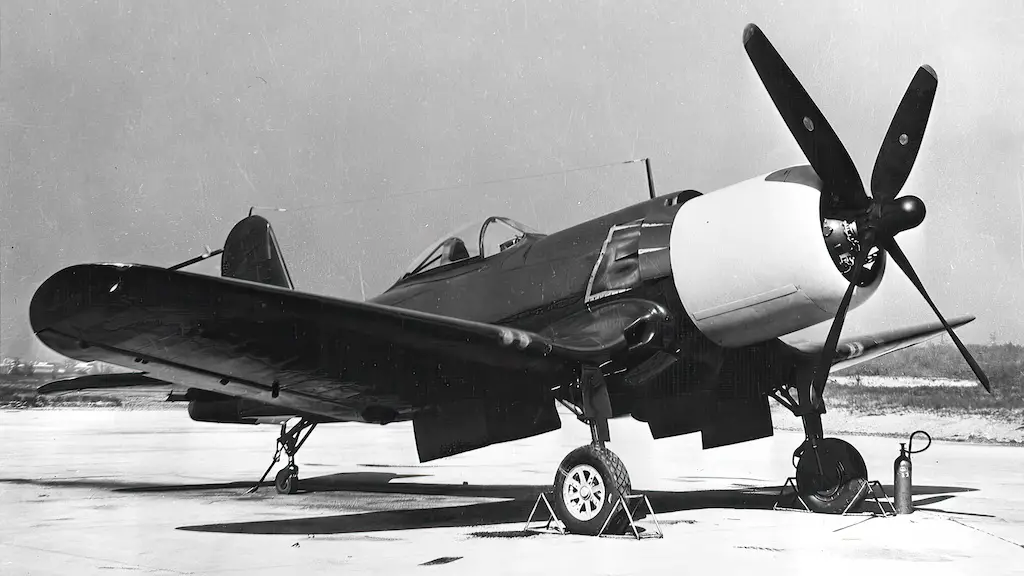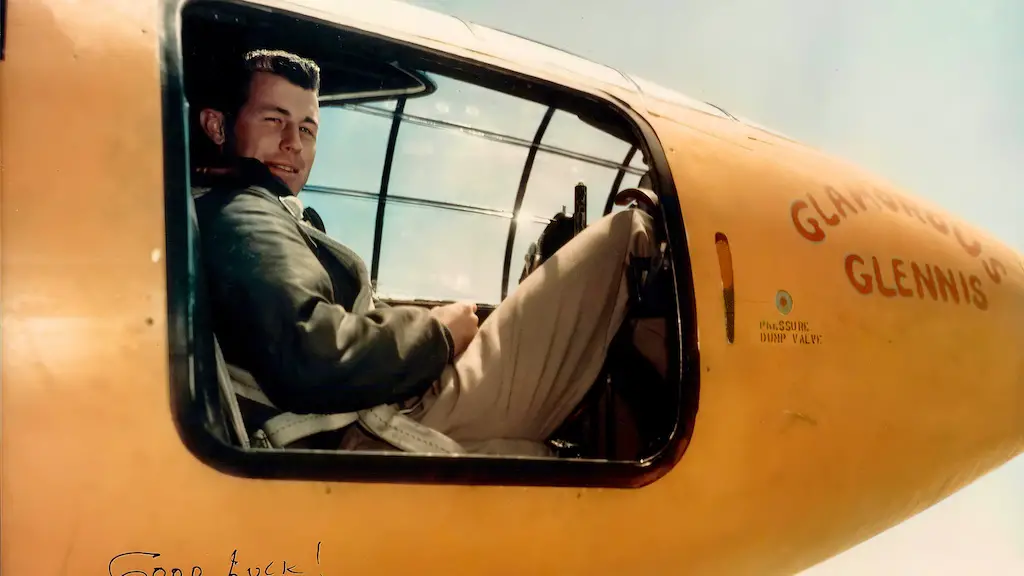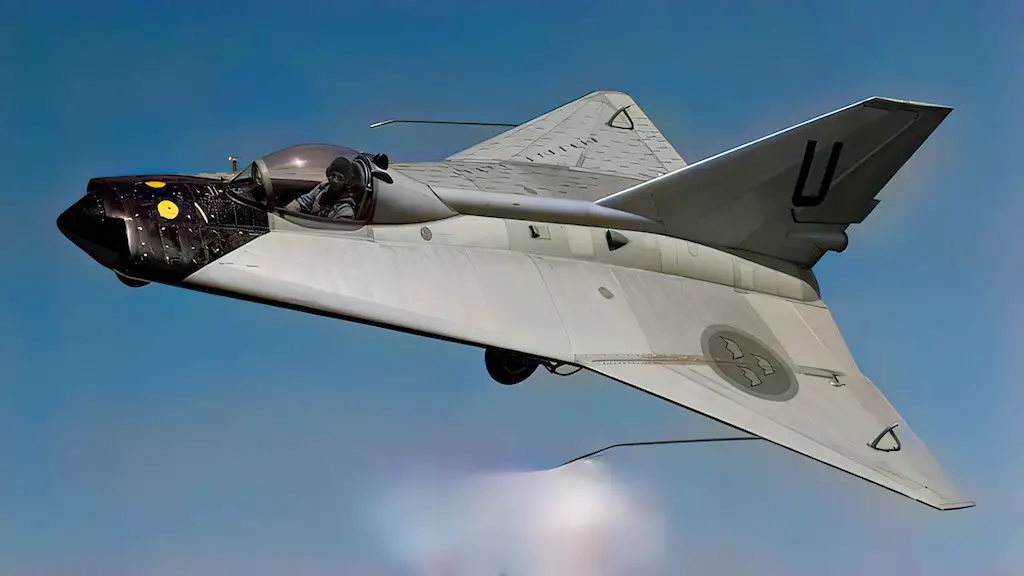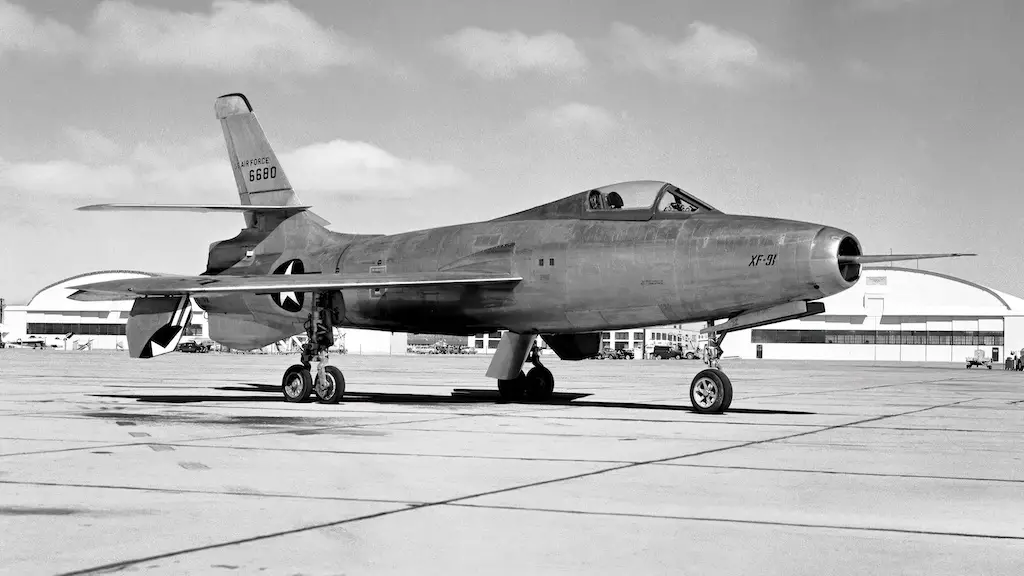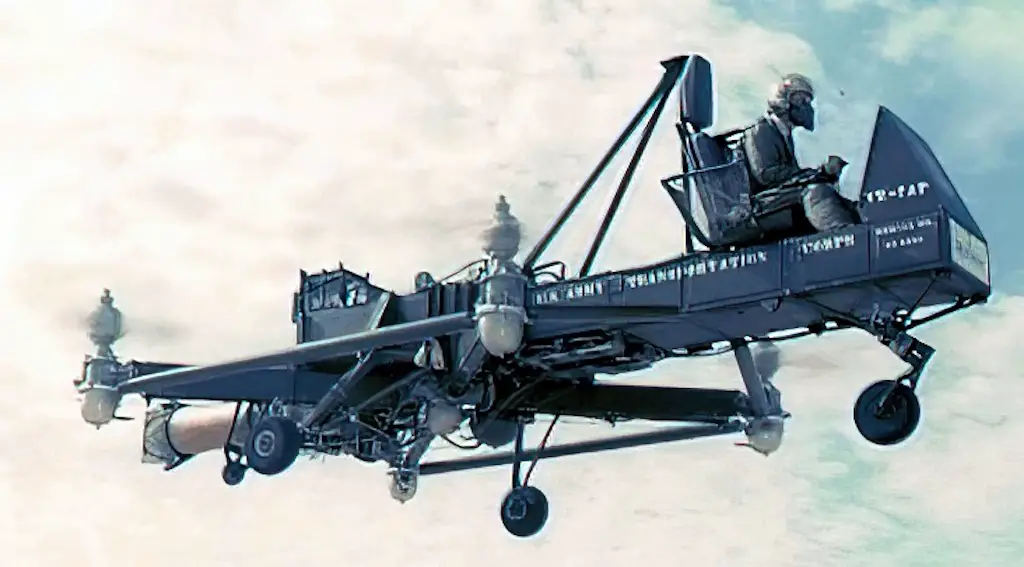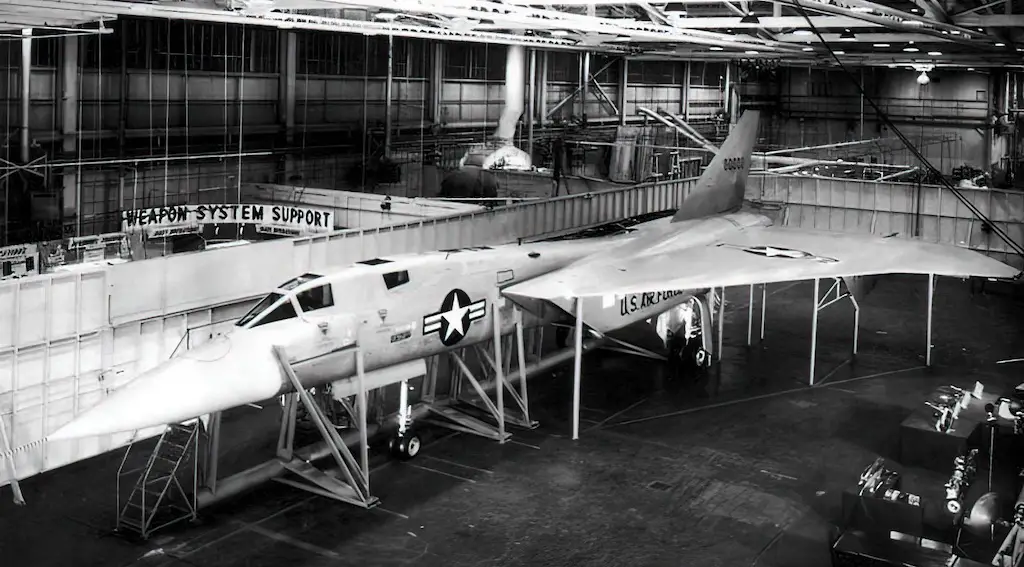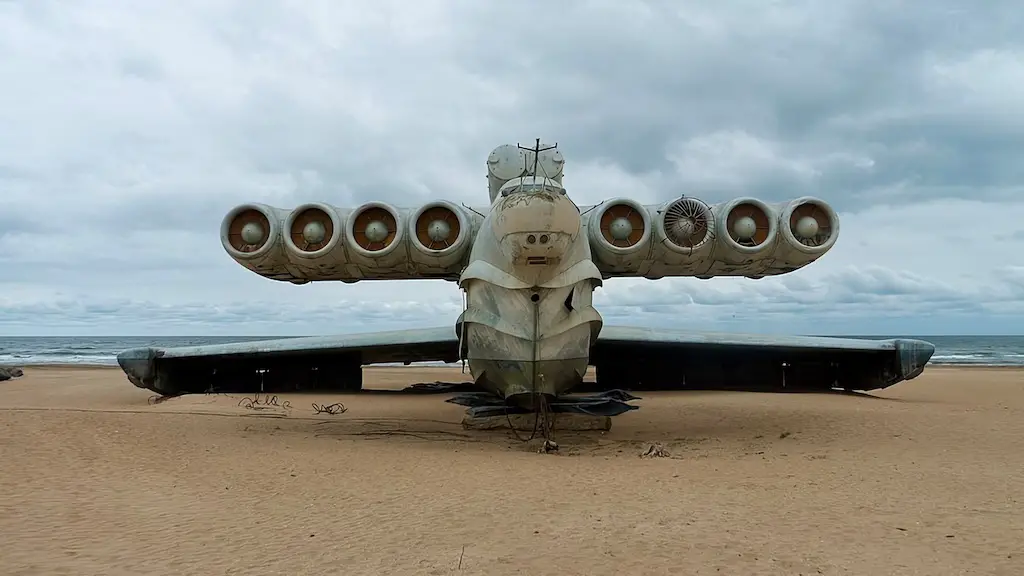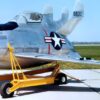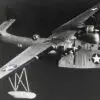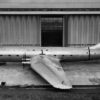The Bird of Prey Takes Shape
The story of the F2G “Super” Corsair takes us back to the throes of World War II. The aviation landscape was a stage of ceaseless innovation, where the lines of impossibility were continually being redrawn. It was here, against the backdrop of propellers and piston engines, that Goodyear Aircraft Corporation set out to design the Corsair’s muscular brother – the F2G.
The Corsair, already a beast in the air with its distinctive gull-wing shape, gained admiration for its prowess in the Pacific theater. But as the war intensified, so did the need for even more power and speed. Goodyear took up the challenge, and the F2G, the “Super” Corsair, started taking shape in the early 1940s.
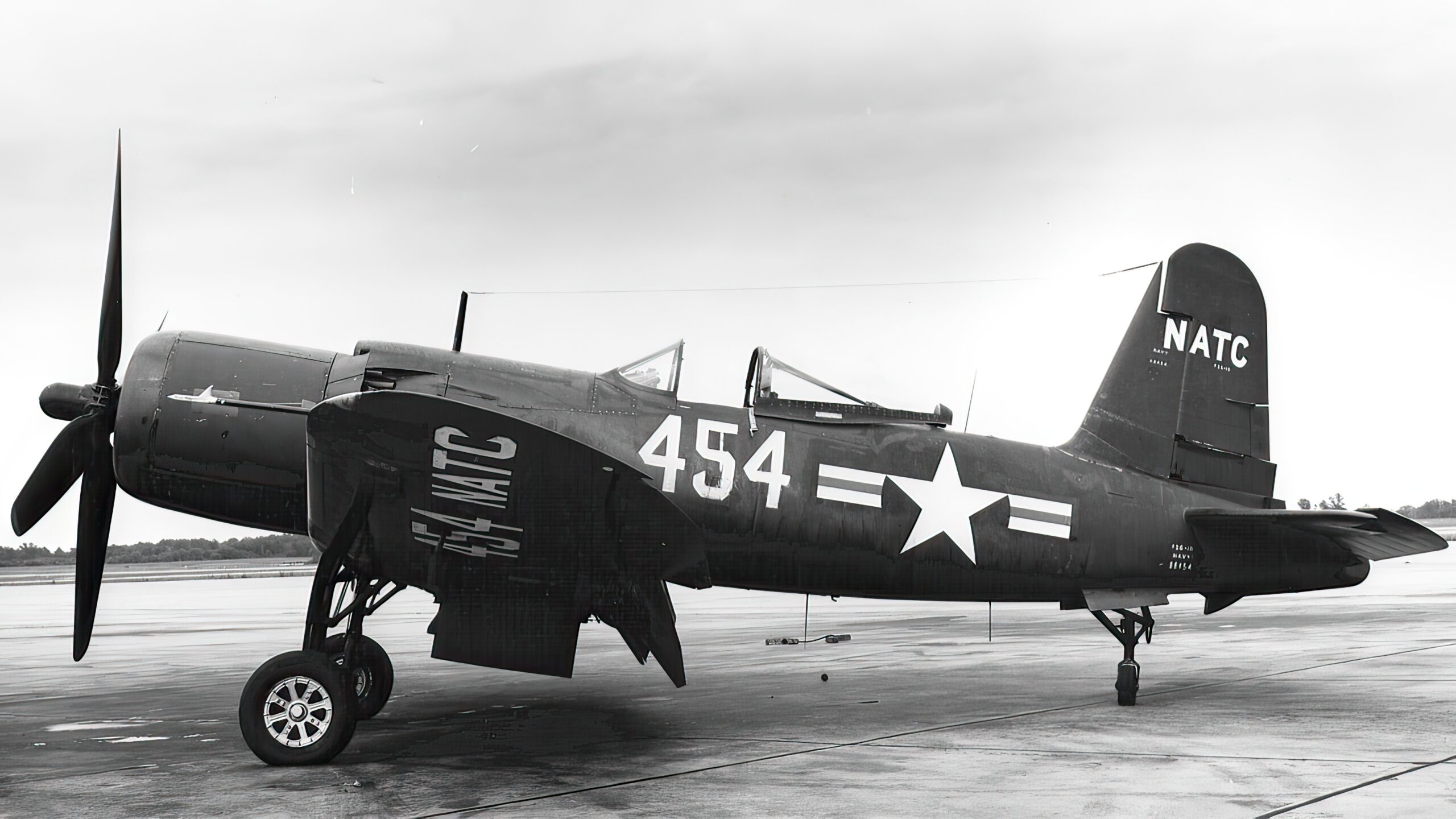
The R-4360 Engine
The heart of the F2G was its engine, the Pratt & Whitney R-4360 “Wasp Major.” With 28 cylinders in four rows and an impressive displacement of 71.5 liters, it was the largest piston engine to enter mass production. On paper, it offered an astounding 3000 horsepower – nearly double the power of the original Corsair’s engine.
However, the R-4360 was not merely about horsepower. Its unique design allowed an increase in torque at lower revolutions per minute, effectively broadening the power band and providing the pilot with better control. What resulted was an engine that could power a new breed of propeller-driven fighters with unrivaled speed and might.
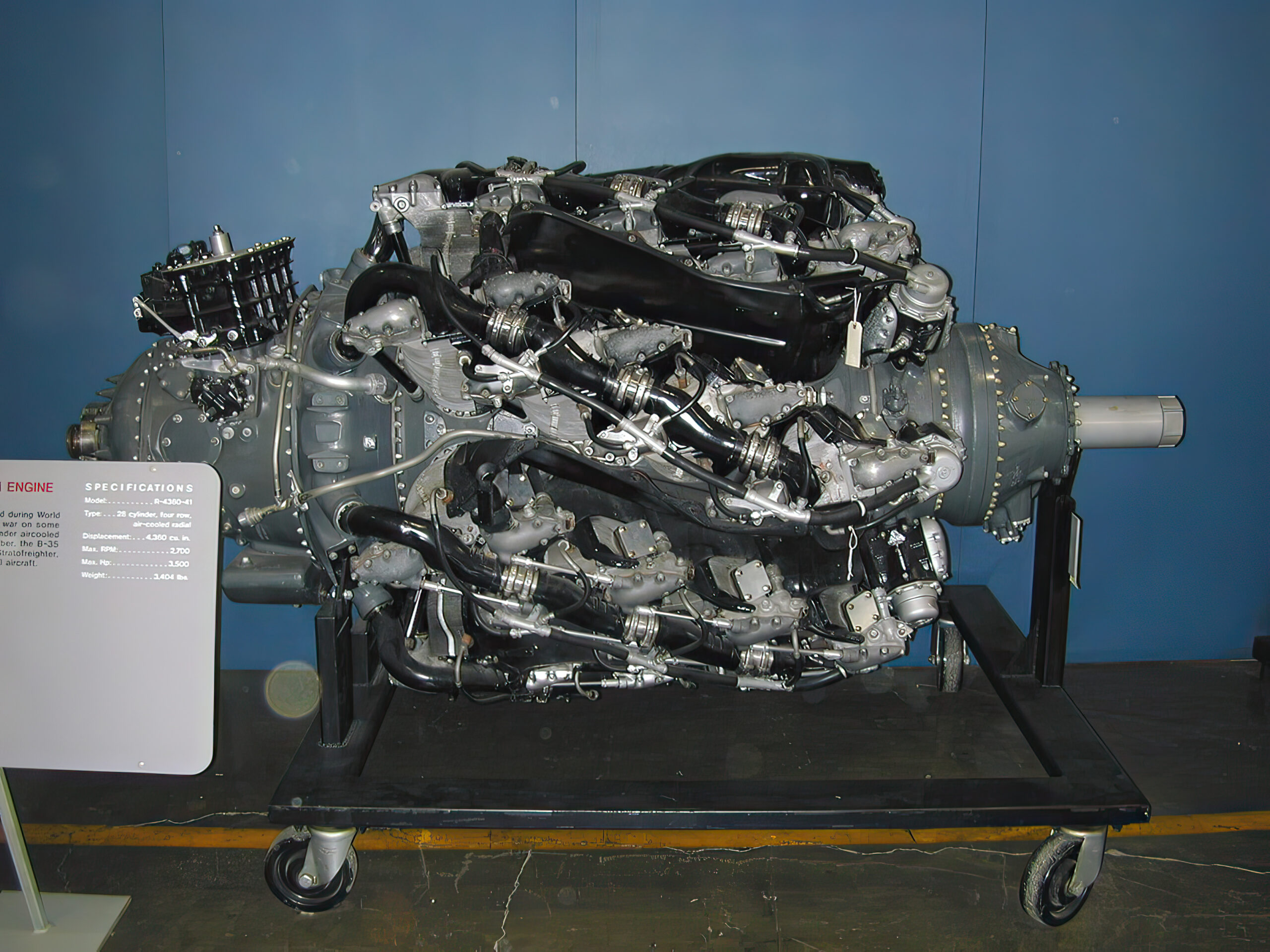
Test Flights and Performance
In August 1944, the F2G-1 prototype took to the skies for the first time. In test flights, the Super Corsair shattered expectations. It reached an impressive top speed of 431 mph, almost 50 mph faster than its predecessor. It could climb to 10,000 feet in just over two minutes.
On handling, test pilots reported remarkable responsiveness and agility, considering its hefty size. The increased torque of the R-4360 gave the Super Corsair improved acceleration and a quicker takeoff. Moreover, the F2G’s low-speed characteristics and high-speed stability were significantly superior to many contemporary fighters.
A Super Star Denied
Despite the F2G’s outstanding performance and groundbreaking engine, it never moved beyond the prototype stage. By the time the Super Corsair was ready for production, the world was on the brink of a new era – the jet age. Jet-powered fighters were showing greater potential, relegating piston-engine aircraft to the shadows.
Additionally, the F2G was a complex beast to tame. The powerful R-4360 engine, while remarkable, presented numerous maintenance challenges. High production costs, coupled with the maintenance complexities, tipped the scales against the F2G.
However, its non-entry into mass production does not undermine the F2G’s legacy. The Super Corsair symbolized the apex of piston-engine fighter design. It reflected the innovation and daring spirit of the times. More than that, it remains a testament to the relentless pursuit of speed and power that defined an era of aerial warfare.
In conclusion, the Goodyear F2G “Super” Corsair was a dazzling masterpiece, caught in the transition of technology. Marking the close of one chapter and the onset of another, the Super Corsair, despite its fleeting existence, engraved its memory as the gallant falcon that soared into the skies, imprinting an indelible legacy.
